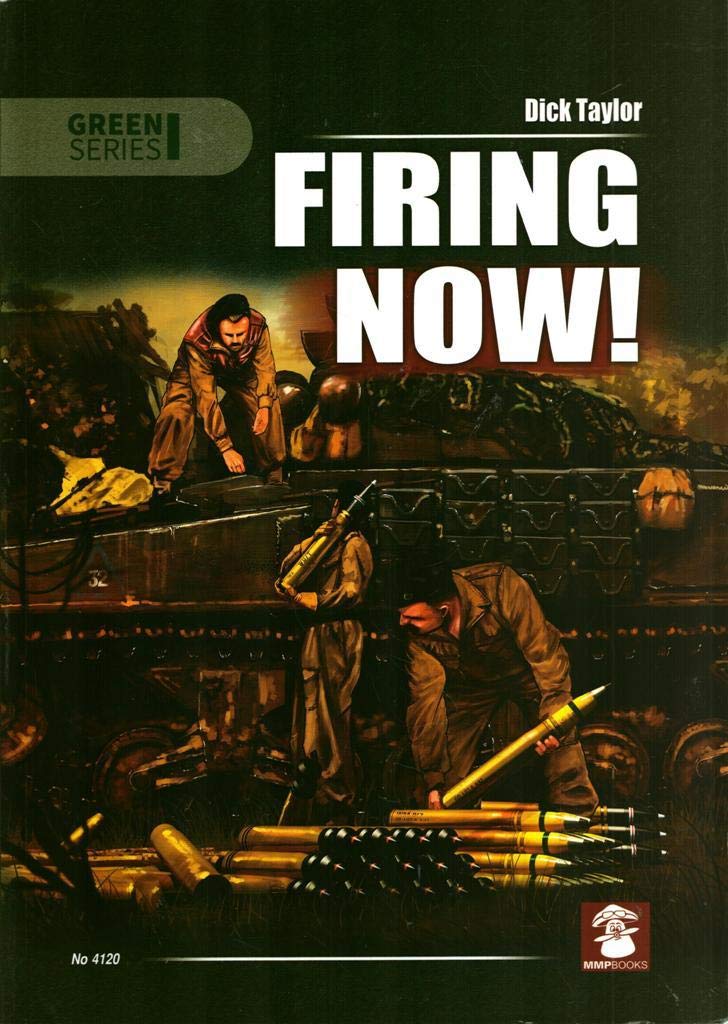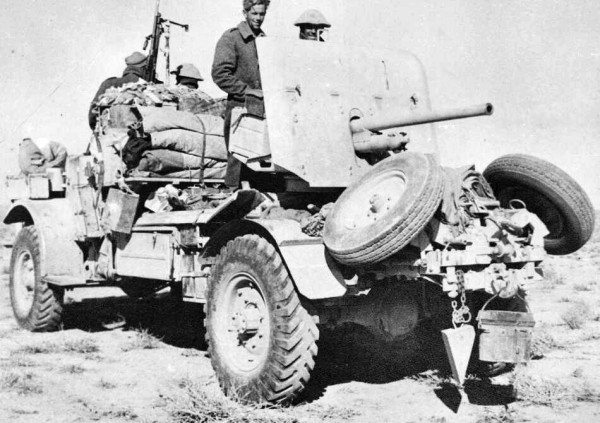Further to my post in 2022 about The Confusion of British 2pdr & 6pdr HE in WW2 I finally acquired a copy of Firing Now! Tank, Anti-Tank and Self-Propelled Artillery Ammunition UK & USA 1939-1945 by Dick Taylor in late 2023 which I had been looking for for some time (the limited amounts of second hand copies were extortionate prices, but there seems to have mow been a second printing or a new POD edition). My copy of A15 Cruiser Mk. VI Crusader Tank – A Technical History by P.M. Knight had also arrived several months earlier in 2023 and has added to the information. The effect is these have added some data to my research in the original post.
Continue reading “Confusion of British 2pdr & 6pdr HE in WW2 Addendum”Confusion of British 2pdr & 6pdr HE in WW2 Addendum
Over the years there has been a lot of confusion around British HE for 2pdr and 6pdr guns – especially in the early part of the war. This is my follow up to my original post on this subject.



